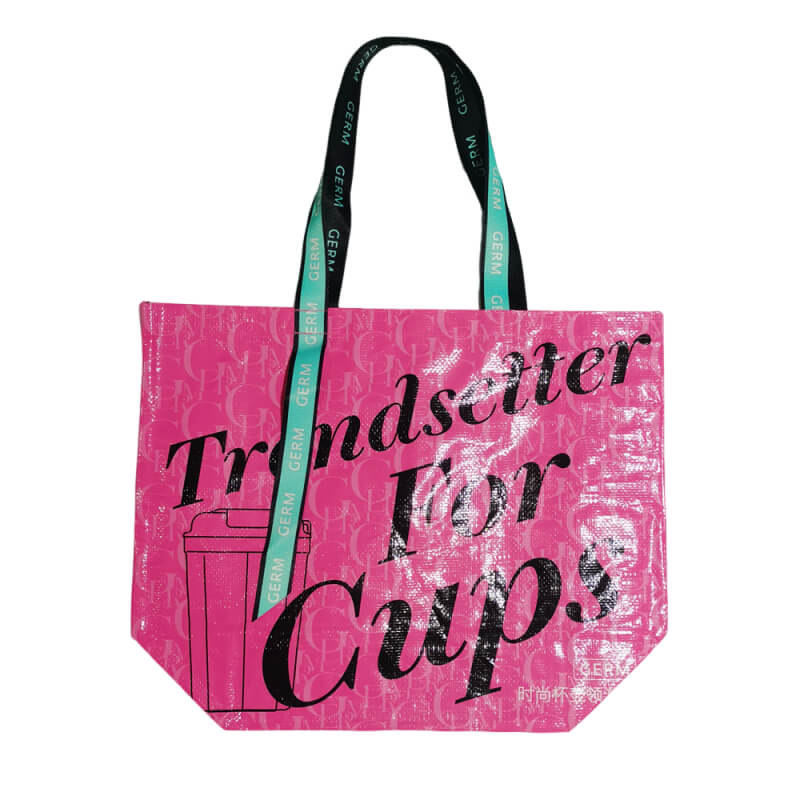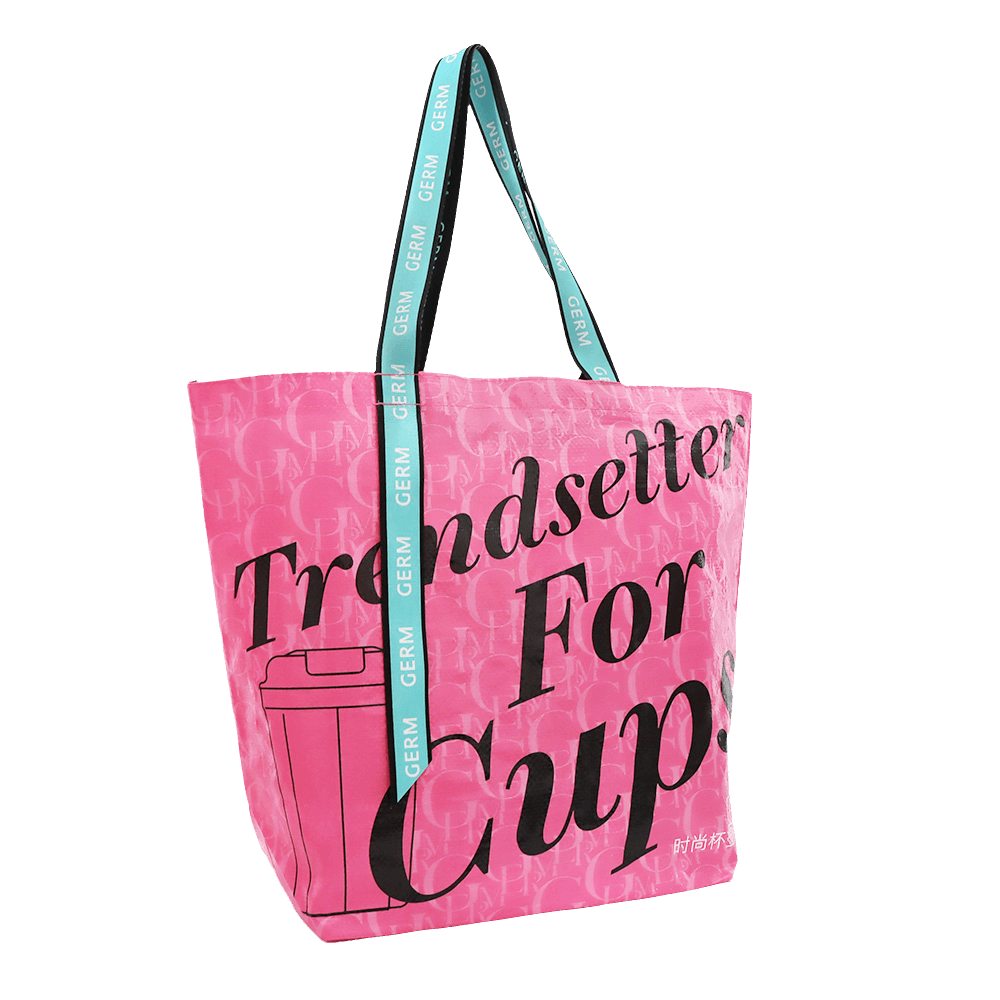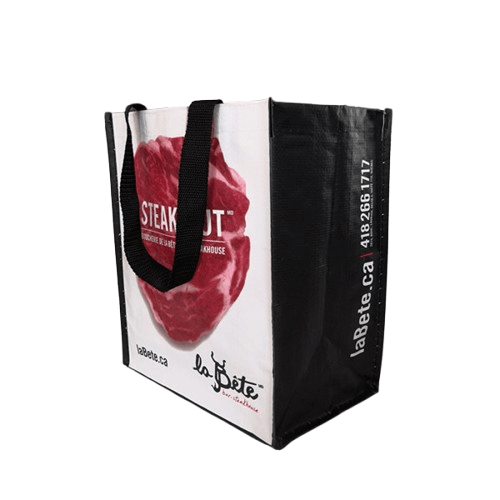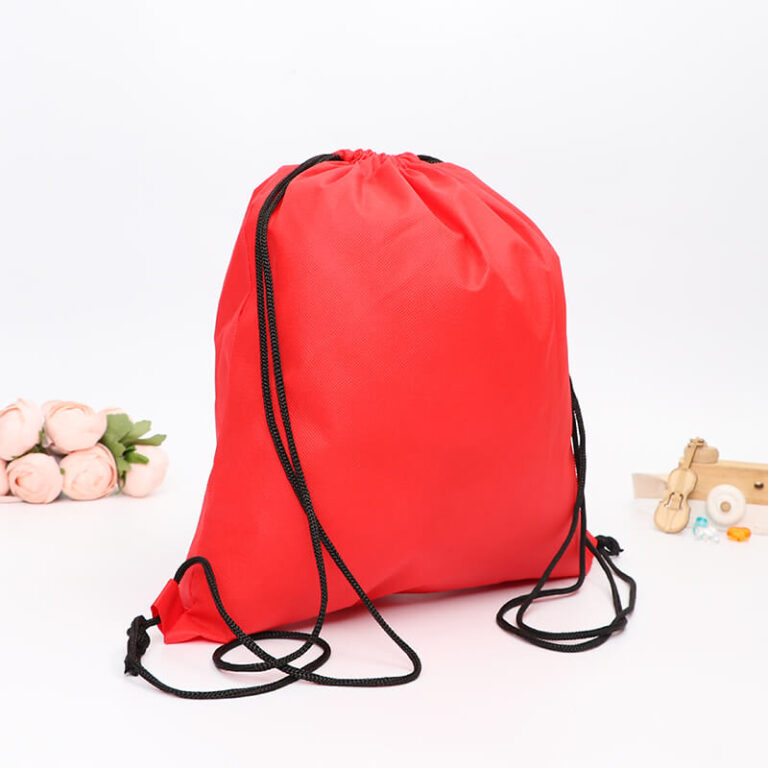Polypropylene Woven: The Secret Behind Durable Bulk Bags & Sustainable Packaging
Polypropylene Woven: The Unsung Hero of Modern Packaging
You’ve probably carried groceries in polypropylene woven bags without even realizing it. That sturdy, slightly crinkly fabric that holds 20kg of rice without breaking a sweat? That’s polypropylene woven – and it’s quietly revolutionizing how we package everything from building materials to humanitarian aid. After visiting factories where this material gets stress-tested to its limits, I’m convinced it’s one of manufacturing’s most underrated innovations.
What Exactly IS Polypropylene Woven?
Let’s break this down without the engineering jargon:
Polypropylene = A thermoplastic polymer (think food-safe plastic)
Woven = Threads interlaced like traditional fabric
Combine them and you get a material that’s:
- Stronger than steel by weight (pound for pound)
- Resistant to moisture and most chemicals
- Flexible yet durable enough to survive international shipping
The easiest way to picture it: imagine a super-tough version of the fabric in your reusable shopping bag, but engineered for industrial heavy lifting.
How It’s Made: From Plastic Pellets to Tough Fabric
The process is surprisingly elegant:
- Extrusion: Plastic pellets melted and pressed into flat tapes
- Stretching: Tapes oriented for maximum strength
- Weaving: Looms interlace tapes into fabric (like making denim)
- Lamination: Optional coating for waterproofing
At facilities like Zhejiang Xinrui New Materials, this happens in continuous, automated lines that can produce a football field’s worth of fabric every hour.
Why Businesses Choose Polypropylene Woven
1. Strength That Surprises Everyone
A single layer can typically handle:
- 500-1000 Newtons/5cm tensile strength
- 15-25kg load capacity in standard totes
- Extreme stacking in warehouses
2. Natural Water Resistance
Unlike cotton or jute:
- Repels moisture naturally
- Won’t rot or mildew
- Maintains strength when damp
3. Eco-Credentials That Actually Make Sense
- Recyclable at end of life
- Reusable hundreds of times
- Lightweight = lower shipping emissions
- Often made with recycled content
4. Customization Superpowers
Businesses love that they can:
- Print vibrant brand logos directly on the fabric
- Choose from various weights and weaves
- Select different coating options
- Customize sizes from small pouches to giant bulk bags


Real-World Applications You See Daily
Food & Agriculture:
- 25kg grain and flour bags
- Produce sacks at grocery stores
- Animal feed packaging
Construction & Industry:
- Sand and cement bags
- Geotextiles for soil stabilization
- Protective wraps for building materials
Retail & Shopping:
- Reusable grocery totes
- Promotional giveaway bags
- Fashion retailer shopping bags
How It Compares to Other Materials
| Material | Tensile Strength | Water Resistance | Cost |
|---|---|---|---|
| PP Woven | Excellent | Excellent | Low |
| Cotton | Good | Poor | Medium |
| Jute | Fair | Poor | Low |
| Non-Woven PP | Fair | Good | Very Low |
| Paper | Poor | Very Poor | Low |
The Sustainability Question Answered
“Yes, it’s plastic, but…” context matters:
- 1 PP woven bag replaces 500+ disposable plastic bags
- Recyclable through many grocery store programs
- Lightweight nature reduces transportation emissions
- Durability means fewer replacements
*Zhejiang Xinrui’s rPP (recycled polypropylene) options contain up to 80% post-consumer waste while maintaining the same strength standards.*
Common Misconceptions Debunked
Myth: “It feels cheap and flimsy”
Truth: High-quality PP woven has a soft, linen-like hand feel and exceptional durability.
Myth: “It’s not breathable”
Truth: The woven structure allows air circulation while blocking moisture.
Myth: “All PP woven is the same quality”
Truth: Varies dramatically based on:
- Tape thickness and orientation
- Weave density (number of threads per inch)
- Coating quality (if applicable)
Why Manufacturers Like Zhejiang Xinrui Matter
Having visited their production facilities, the difference lies in:
- Precision control of tape thickness and tension
- Quality raw materials (food-grade versus industrial-grade PP)
- Advanced looms that maintain consistent weave density
- R&D focus on developing stronger, lighter variations
The Future of Polypropylene Woven
Innovations we’re seeing:
- UV-resistant versions for multi-year outdoor use
- Anti-static weaves for electronic components
- Lighter weights with same strength (down to 60gsm)
- Bio-based polypropylene from renewable sources
The Bottom Line
Polypropylene woven isn’t just “plastic fabric” – it’s a sophisticated material solving real problems in packaging, agriculture, and construction. Its combination of strength, sustainability, and customizability makes it the go-to choice for businesses that need reliable performance without environmental guilt.
Considering PP woven for your products?










